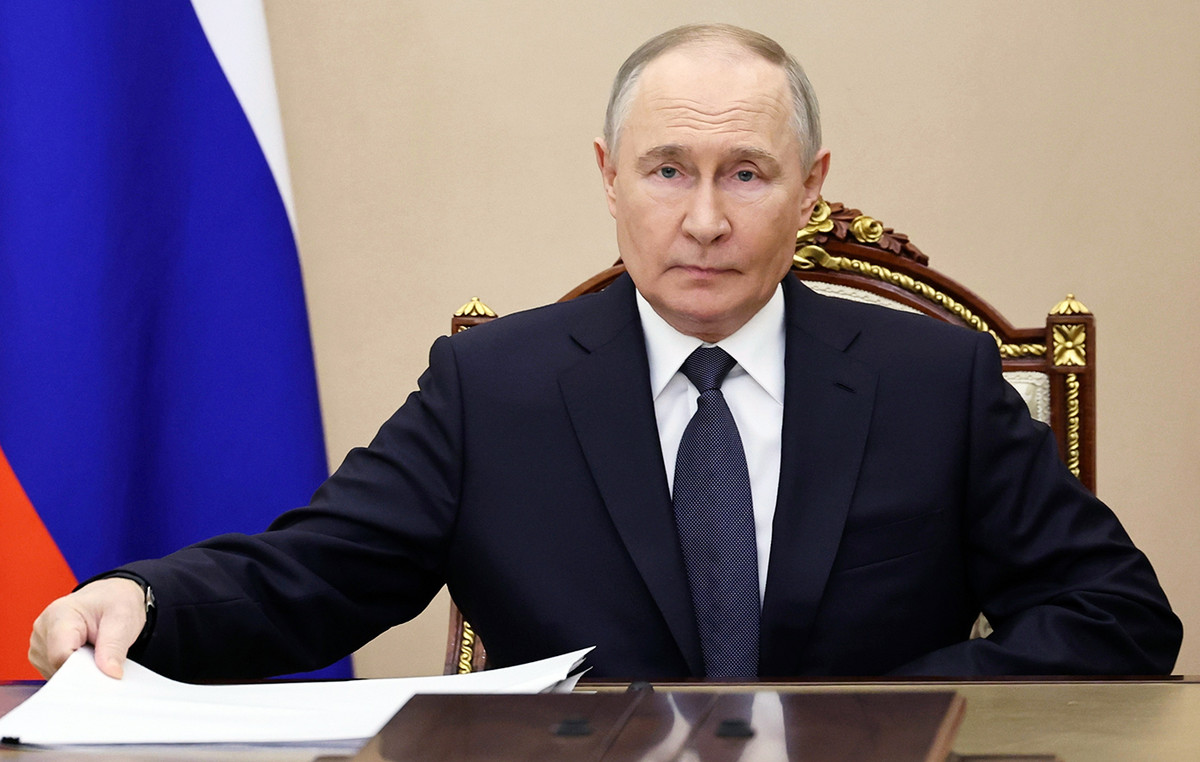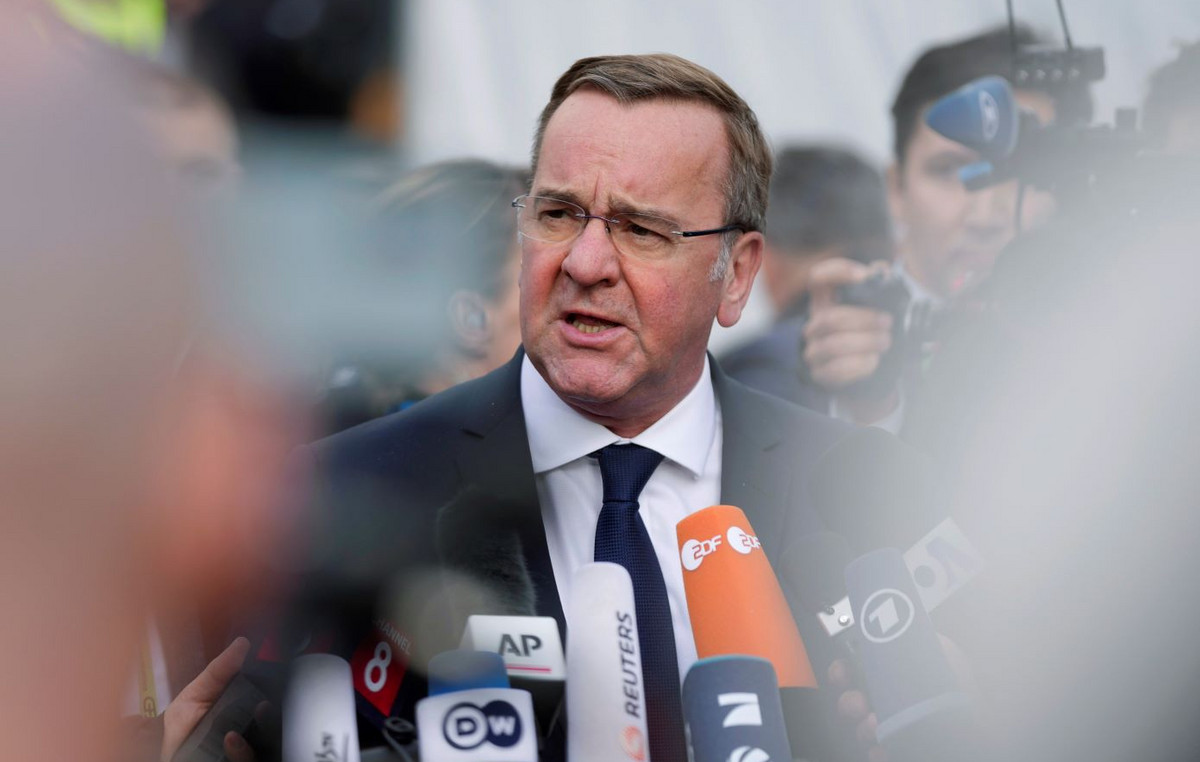The fall in unemployment registered in the quarter ended in May can be explained by the stimulus measures launched by the government and the resumption of economic activities, experts say.
According to data from Pnad Contínua (Continuous National Household Sample Survey), released this Thursday (30) by the IBGE (Brazilian Institute of Geography and Statistics), unemployment in Brazil in the period stood at 9.8%, lowest rate for the period since 2015, when it was 8.3%.
The rate surprised the market, which projected a result of 10.24% in the period. Compared to the previous quarter, from December 2021 to February 2022, the rate dropped 1.4 percentage points (pp). Compared to the same quarter last year, the drop was 4.9 pp
FGV/Ibre researcher Fernando Holanda believes that the main aspect for the fall in the number of unemployed is the resumption of economic activity.
“These first three months showed a return to normality. The activities that pulled the indicator down the most were accommodation and food – eating out and traveling, for example. The transport part was greatly influenced by air travel. In addition, the culture sector, which encompasses the creative economy segment, grew this year, which are activities that demand proximity between people”.
According to the IBGE, the number of employed people reached 97.5 million, the highest in the historical series started in 2012, and showed an increase of 2.4% compared to the previous quarter, which is equivalent to 2.3 million people most. In the annual comparison, the increase is 10.6%, with 9.4 million more people employed in the year.
Rodolfo Margato, economist at XP, lists a second point that also benefited the results of the job market. According to the economist, the fiscal stimulus measures adopted by the government “seem to have had an effect on retail trade and on some services”.
“Fiscal stimulus measures end up pulling domestic activity in the short term, which also translates into more labor hiring. In fact, other measures that are being discussed in Congress may generate a positive net effect in the third quarter”.
LCA economist Bruno Imaizumi also highlights the impetus generated by the stimulus measures adopted by the government, such as the anticipation of the 13th salary of the INSS, the extraordinary withdrawals of the FGTS, the reduction of the tariff flag of water scarcity and the tax exemption of fuels, energy electrical and communication.
“This has somehow helped us to see better numbers in the activity and, consequently, in the job market”, he says. According to the economist, looking at the May data, the highlight is the increase in signed work contracts – occurring above the Caged in the three-month moving average -, but there was also an increase in informal jobs in the period.
Data should be viewed with caution
Although the unemployment rate has reached the lowest number in seven years, economist Bruno Imaizumi recalls that the data also reflects the non-return to the labor market, after the Covid-19 pandemic, of a portion of the population, formed mainly by women and the elderly.
“When we compare May with February 2020, we still have 2.8 million more people outside the workforce. These are people who have not been able to return to the market,” he says.
In addition to this perspective of analysis, Rodolfo Margato points out income as another cut that should be evaluated with caution.
Yet the average real yield rose 0.5% in May, marking the fourth consecutive rise. “The indicator is still running around 7.5% below the levels recorded before the coronavirus crisis, reflecting persistently high inflation and lower real admission salaries,” he says.
In turn, the mass of real income – combines average income with the employed population – grew 1.7% in May. The variable is about 3.5% below the levels observed before the public health crisis, but more than 5% above the level recorded at the end of 2021.
Fernando Holanda, from FGV Ibre recalls that a stronger job market is needed for income to increase.
“Once the crisis hits the economy, we see that people are willing to work for a lower wage. So they take jobs that pay less, and that reduces the wage bill. This was, in a way, expected, and it is even a natural effect of what happens in an adjustment, even more in a strong crisis that was the pandemic.”
perspectives
Specialists evaluate the results observed this Thursday tend to change the projections for the end of 2022. According to Bruno Imaizumi, the LCA’s expectation was for a rate of 9.8%, “but it should probably be lower”.
The economist considers that the lower rate does not necessarily mean a better job market. “The unemployment rate may remain at a lower level for a long time, but that will not be reflecting the better situation of the labor market”, he says. “Many people who left the market during the pandemic may not return.”
Although there is an element of surprise in the result for the quarter ended in May, it may not be a lasting trend, according to experts.
For the Netherlands, measures to combat inflation can slow down the economy and, consequently, interrupt the sequence of improvement in the unemployment rate for the second half of the year.
The FGV Ibre researcher also points out that the stimulus measures bring a “positive shock” to demand and an increase in income. However, this will also make the remedy against inflation, that is, the increase in the basic interest rate, high.
In the projection of Rodolfo Margato, from XP, the Brazilian unemployment rate will reach around 9% by the end of 2022 (in the seasonally adjusted series), taking into account a slight worsening in the fourth quarter. “As far as the average annual unemployment rate is concerned, we estimate it at 10.3%.”
Source: CNN Brasil
I am Sophia william, author of World Stock Market. I have a degree in journalism from the University of Missouri and I have worked as a reporter for several news websites. I have a passion for writing and informing people about the latest news and events happening in the world. I strive to be accurate and unbiased in my reporting, and I hope to provide readers with valuable information that they can use to make informed decisions.







